Echoes of Avurudu Celebrating Avurudu Through Generations
Sinhala and Tamil New Year, known as Aluth Avurudda in Sinhala and Puthandu in Tamil, is one of Sri Lanka’s most cherished celebrations. Rooted in tradition and astrology, it marks the transition of the sun from Pisces to Aries, signifying a fresh start. While modern lifestyles have influenced certain aspects of the celebration, the essence of unity, cultural pride, and tradition remains strong.
Words - Sachini Perera
New Year Traditions Through Time
For generations, Sinhala and Tamil New Year has been a time for families to come together, perform age-old customs, and welcome prosperity. People still observe auspicious times (Nekath) to light the hearth, cook the first meal, start work, and exchange money or gifts. These rituals are considered sacred and are performed with the same respect today as in the past. Food has always been a central part of the celebrations. Traditional sweets like kavum (oil cakes), kokis, aluwa, and mung kevum are still made in many homes, filling the air with the sweet aroma of Avurudu. While some families continue to prepare these using firewood stoves, others opt for modern appliances. However, the tradition of sharing food with neighbours and family remains unchanged, symbolising generosity and goodwil.
Excited to read more? Get Lanka Woman in Magzter for our latest Digital Issue!
www.magzter.com/.../Lanka.../Women's-Interest/530905
www.lw.lk
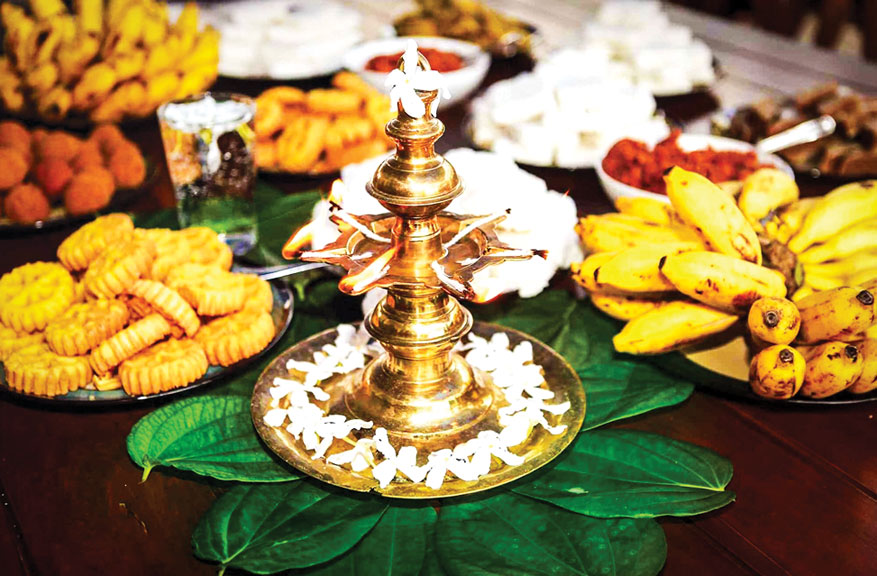
l
Leave a reply
Reply To:
Name - Reply Comment
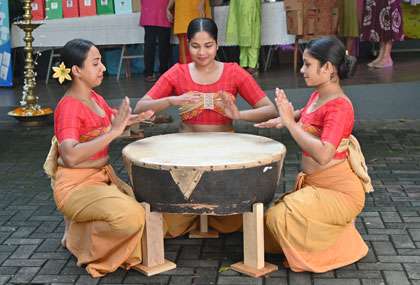

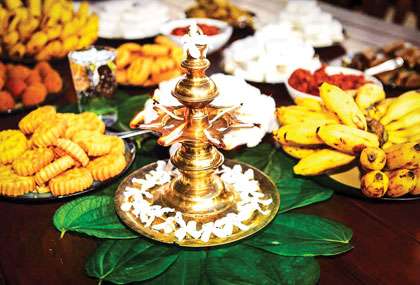

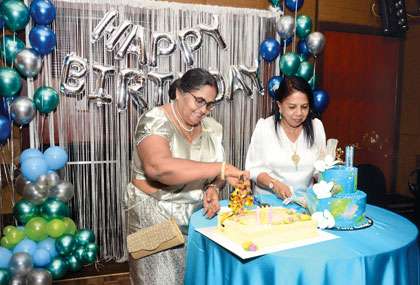

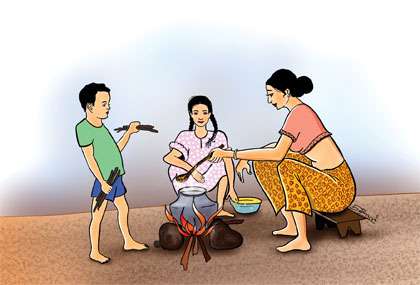
Comments